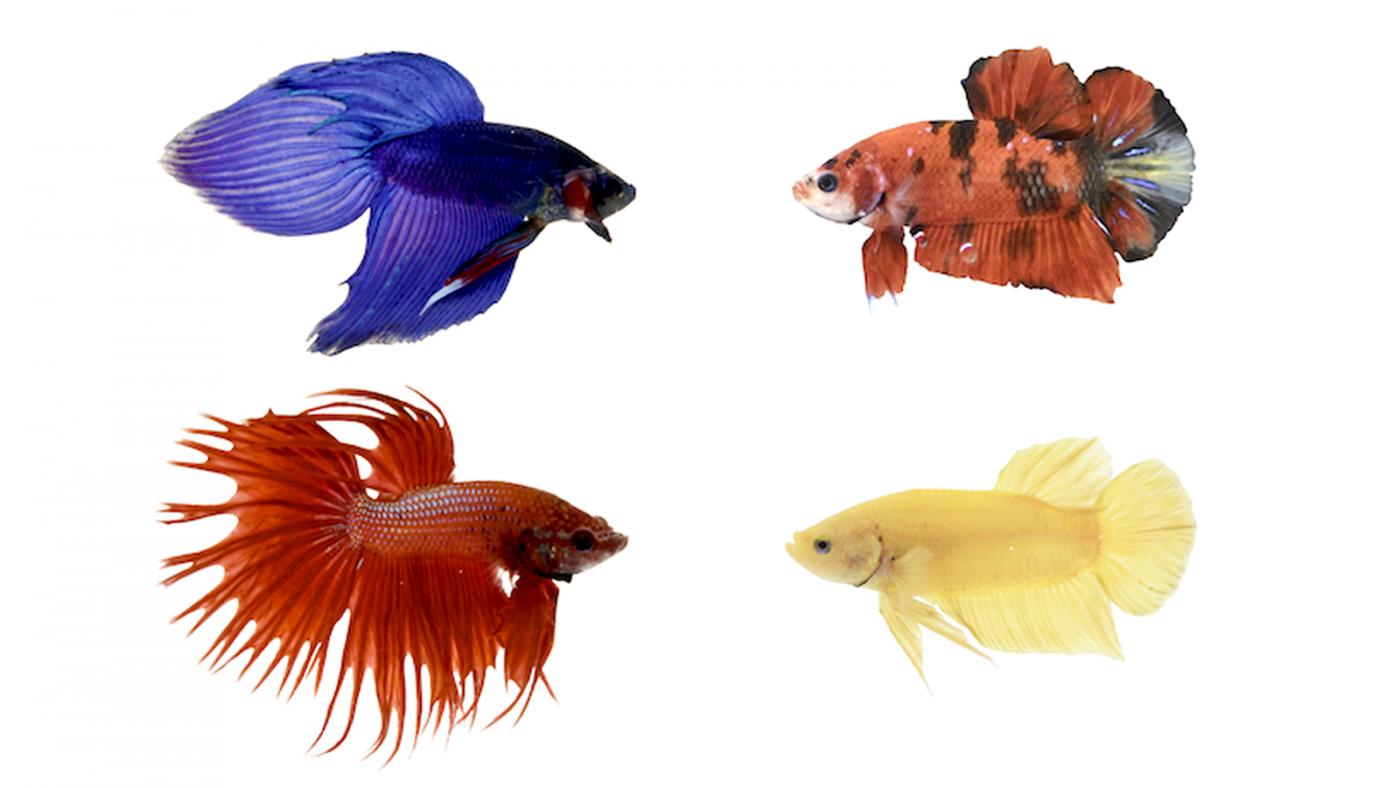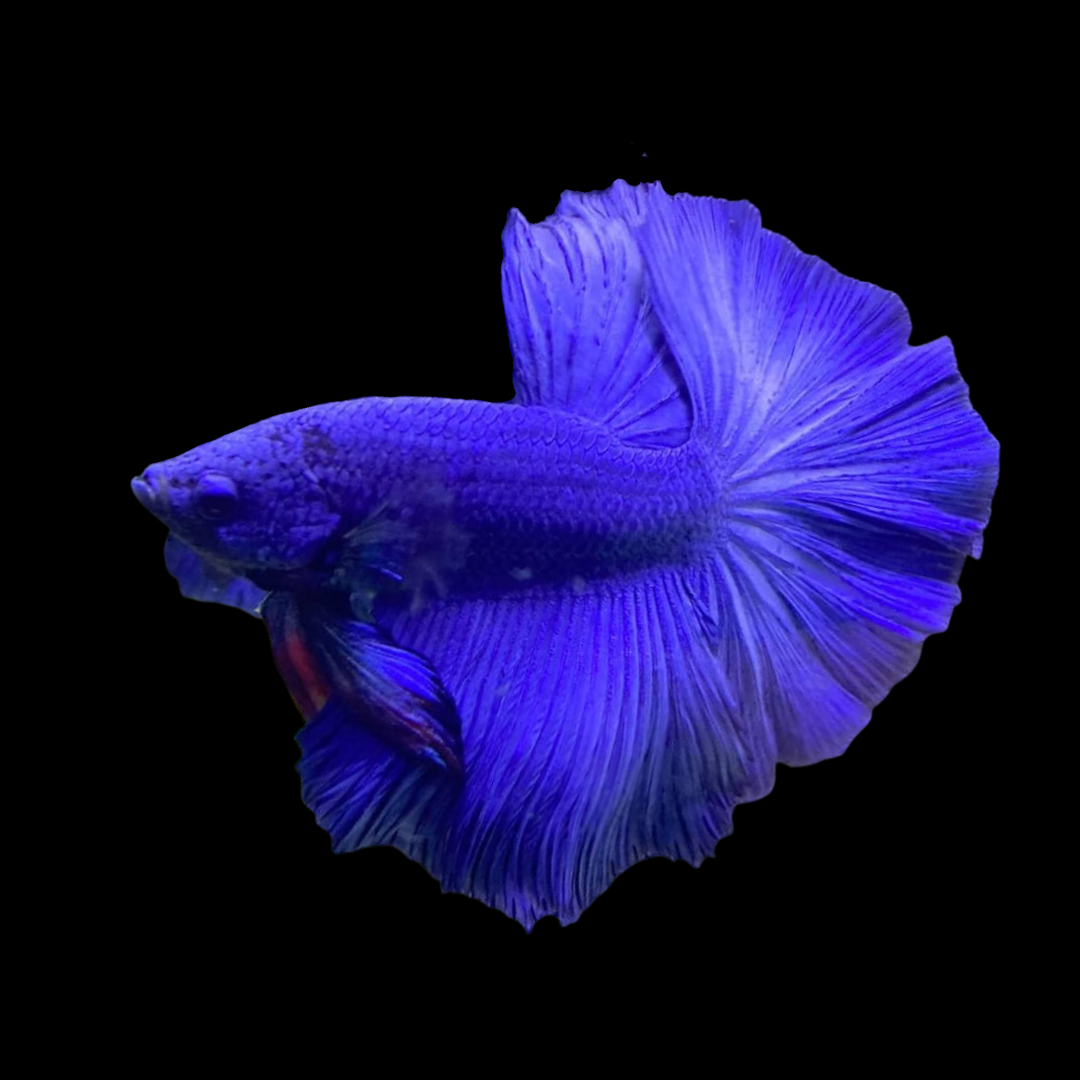Just how to Choose the Right Betta Fish for Your Fish tank
Just how to Choose the Right Betta Fish for Your Fish tank
Blog Article
Breeding Betta Fish: a Comprehensive Step-By-Step Overview to Efficiently Raising Infant Bettas From Eggs to Adulthood
Reproducing Betta fish is a meticulous venture that needs mindful preparation and implementation to ensure the successful growth of fry from eggs to grow fish. As the male Betta vigilantly constructs a bubble nest and guards the priceless eggs, the succeeding stages of care and change demand focus to information and expertise of best methods.

Picking Reproduction Pairs
When beginning on the trip of breeding Betta fish, picking the appropriate breeding sets is vital to attaining desirable attributes and a healthy family tree - betta fish. The primary step in this process is to recognize the certain characteristics you want to enhance or preserve, such as color, fin kind, and body form. It is necessary to choose genetically diverse pairs to avoid inbreeding, which can cause health and wellness concerns and undesirable characteristics
Evaluate prospective breeding candidates very carefully. A healthy male Betta ought to exhibit lively shades, an energetic attitude, and well-formed fins, while the woman ought to likewise display vivid coloration and a rounded tummy, showing readiness for spawning. Observing the character of both fish is vital, as aggressive or excessively reluctant people may not breed efficiently.
Maintaining documents of the parent fish's origins can assist you track genetic traits and prospective issues. Ultimately, investing time in the choice process will significantly enhance the likelihood of generating strong, dynamic offspring that fulfill your breeding objectives.

Preparing the Breeding Container
Developing an optimal breeding atmosphere is an essential step after choosing ideal sets for Betta fish. The reproduction storage tank ought to be specifically developed to provide convenience and promote the all-natural breeding habits of the fish. Beginning with a tank size of a minimum of 10 gallons to ensure ample room for both the male and women Bettas.
Keep a mild purification system to maintain the water tidy while preventing solid currents that can emphasize the fish. Additionally, an air rock can be contributed to supply oxygenation without interfering with the water surface also much.
Temperature regulation is essential; go for a steady variety of 78-82 ° F(25-28 ° C) utilizing a trusted heating system. The pH degree need to be kept between 6.5 and 7.5, and routine water adjustments are required to ensure high water high quality.
Integrate floating plants or generating sponges to produce concealing areas for the female, while likewise urging bubble nest structure by the man - betta fish. Finally, make certain the container is devoid of sharp designs and any possible dangers, as the well-being of the fish should constantly be prioritized throughout this vital stage of breeding.
The Breeding Process
Commonly, the reproducing process for Betta fish entails a series of unique and evident habits that show readiness for recreation. The male Betta starts by constructing a bubble nest at the water's surface, which acts as a site for the fed eggs. This nest is essential, as it gives a secure atmosphere for the eggs until they hatch.
As soon as the nest is established, the male will show courtship behaviors, such as flaring his fins and showing vibrant colors to attract the female. The woman, upon picking up the male's readiness, will react by displaying vertical stripes along her body, signifying her receptiveness.
When see page the female techniques, the male takes part in a mating dancing, typically leading to an accept called the "spawning." During this embrace, the lady releases her eggs, which the male you can try here feeds right away. The fed eggs after that fall to the bubble nest, where the male very carefully collects and returns them to the nest. Following this, the male thinks responsibility for safeguarding the nest and making certain the safety of the eggs up until they hatch, normally within 24-36 hours. This stage is important in the breeding procedure, laying the structure for successful fry growth.
Taking Care Of Betta Fry
Caring for Betta fry requires careful focus to their environment and nutrition to make certain healthy and balanced development and growth. After hatching out, Betta fry are exceptionally small and susceptible, demanding a secure and clean environment.
Feeding Betta fry is equally vital. Feed them little quantities a number of times a day, being mindful not to overfeed, which can lead to water top quality concerns.
Transitioning to Adult Bettas
As Betta fry fully grown, transitioning them to adult Bettas is a crucial stage that needs cautious administration of their setting and social interactions. This process generally starts see it here when the fry get to around 6 weeks of age, at which factor they can be slowly introduced to a much more structured living setting.
To promote this change, it is vital to make sure that the water parameters-- such as temperature level, pH, and ammonia degrees-- are ideal and secure. Adult Betta fish prosper in warm water (around 78-80 ° F) with a pH of 6.5 to 7.5. Slowly accustom the fry to these problems to reduce stress and anxiety.
Social communications are an additional crucial factor; male Bettas are infamously territorial and hostile. It is advisable to different men into specific containers as they develop. Female Bettas can be housed with each other, yet care should be required to keep an eye on for indications of hostility.
Furthermore, nutritional adjustments ought to be made as the fry expand. Integrate high-grade pellets and live foods to sustain their growth and health. By taking care of these aspects effectively, you can promote a successful transition to the adult years for your Betta fish.

Verdict
Successful breeding of Betta fish requires careful interest to information throughout the whole process, from picking genetically diverse sets to offering ideal care for fry. Furthermore, a balanced diet plan and progressive adaptation to grown-up settings are crucial for the growth and growth of Betta fish.
Report this page